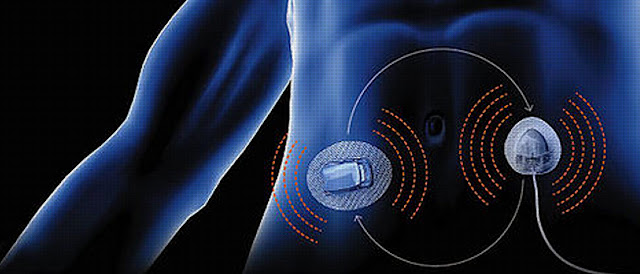Powering The Heart: Exploring The World Of Cardiac Pacemaker
 |
| Cardiac Pacemaker |
The human heart is a remarkable organ, tirelessly pumping blood and supplying oxygen to every part of our body. However, for some individuals, this vital organ may require assistance in maintaining a regular rhythm. That's where cardiac pacemakers come into play. These small devices have revolutionized the field of cardiology, providing hope and improving the quality of life for millions of people around the world.
Cardiac pacemakers are electronic devices that regulate the
heart's electrical activity. They consist of two main components: a generator,
which houses the battery and circuitry, and one or more leads, which are thin
wires with electrodes that connect the generator to the heart. The pacemaker
continuously monitors the heart's electrical signals and delivers electrical
impulses when necessary to maintain a normal heartbeat.
The global market for Cardiac
Pacemaker Market is expected to grow at a CAGR of 3.3% from 2022 to 2030, reaching a value of US$ 4,547.8 million in 2022.
The power source of a cardiac pacemaker is a critical aspect
of its design. In the past, pacemakers relied on bulky batteries that required
frequent replacements, leading to inconvenience and risks associated with
surgery. However, advancements in technology have led to the development of
more efficient and long-lasting power sources.
One of the most significant breakthroughs in pacemaker
technology is the introduction of lithium-ion batteries. These compact
batteries have a higher energy density and longer lifespan compared to their
predecessors. They can power a pacemaker for several years before needing
replacement, reducing the frequency of surgeries for battery replacement.
Furthermore, researchers are exploring innovative ways to
power pacemakers without the need for batteries at all. One promising avenue is
energy harvesting, where the pacemaker harnesses energy from the body's own
movements or internal processes. For example, some prototypes are designed to
convert the energy generated by the heart's contractions into electrical power,
eliminating the need for external batteries altogether.
Another fascinating development in the field of Cardiac
Pacemaker is wireless charging. Instead of replacing batteries,
patients can recharge their pacemakers wirelessly using an external charging
pad. This eliminates the need for invasive surgeries and improves the
convenience and comfort of patients.
Moreover, the miniaturization of pacemaker components has
allowed for the development of leadless pacemakers. These innovative devices
are entirely self-contained and do not require leads or electrodes. They
are implanted directly into the heart, reducing the risk of infection and
improving the overall functionality of the pacemaker. The world of cardiac pacemakers is continuously
evolving, driven by technological advancements and the quest for improved
patient outcomes.



Comments
Post a Comment